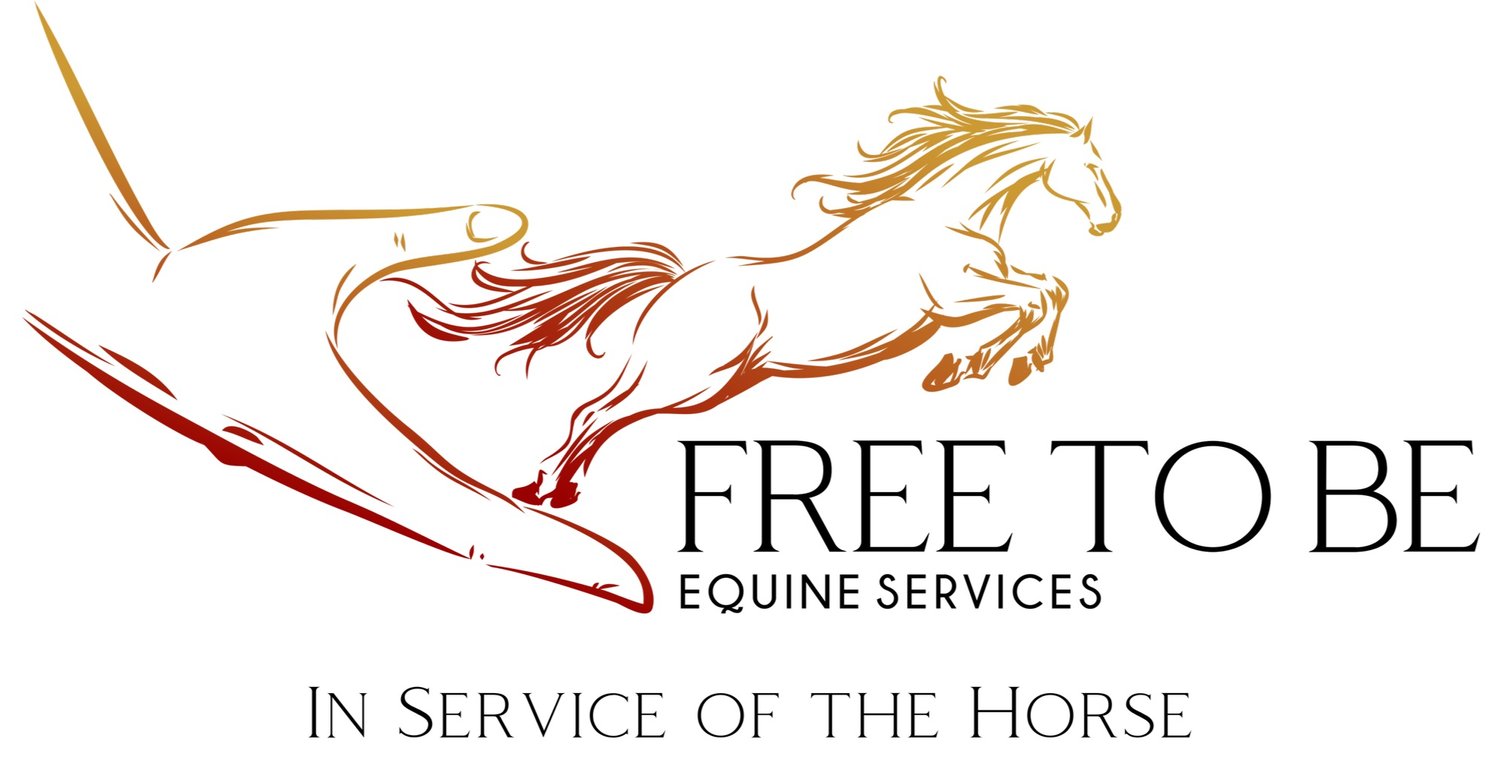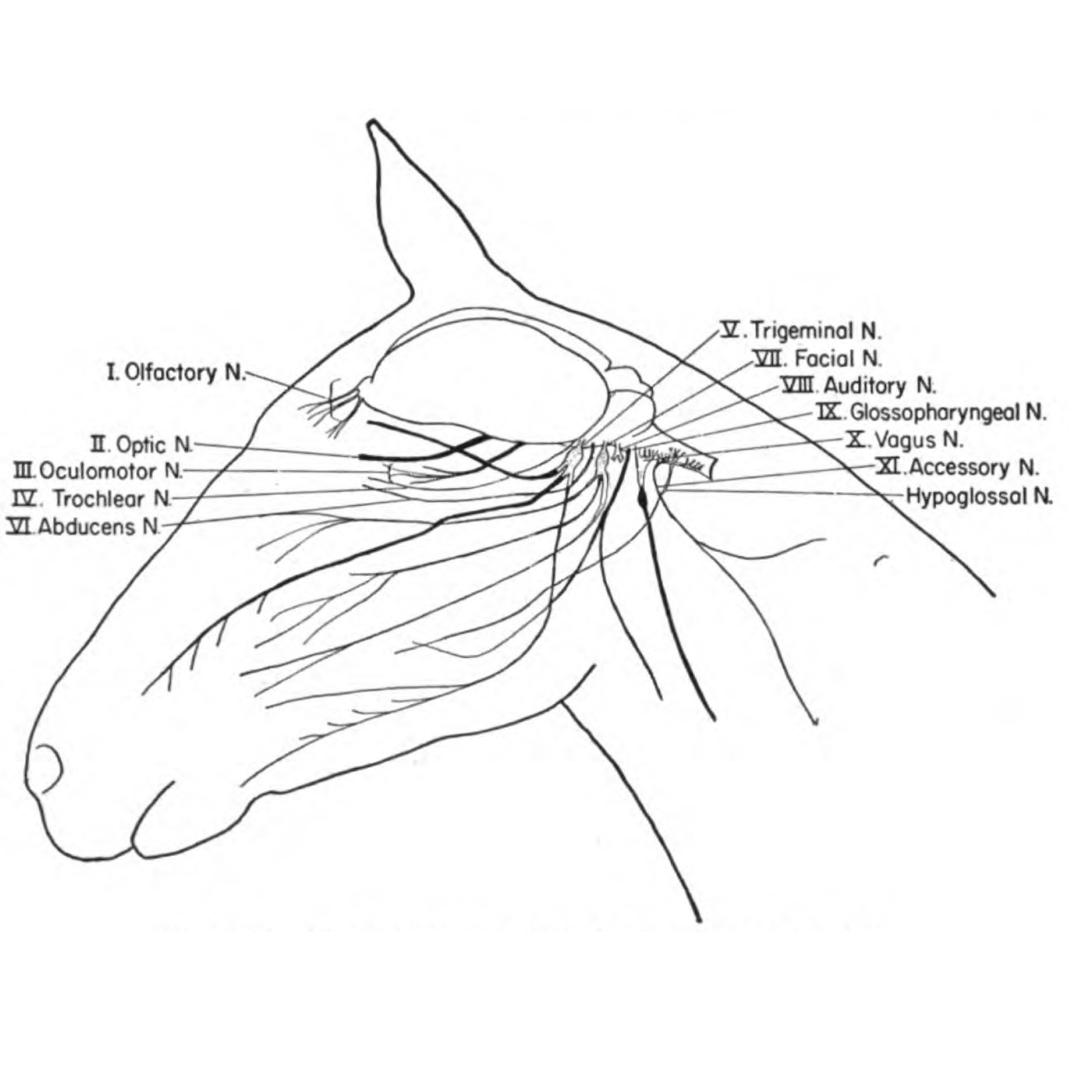Cranial nerves are a network of nerves that originate from the brain and extend through openings in the skull to various regions of the head and neck. In horses, there are twelve pairs of cranial nerves responsible for crucial sensory and motor functions. These nerves enable communication between the brain and different parts of the horse's body. Cranial nerves play a vital role in maintaining the health and functionality of horses.
Each cranial nerve serves a specific purpose. They are responsible for a wide range of functions, including:
Sensory perception: Certain cranial nerves are involved in sensory perception, allowing horses to see, hear, smell, taste, and feel their surroundings. These nerves ensure that horses can navigate their environment effectively and respond to stimuli.
Facial expression and muscle control: Cranial nerves control the muscles of the face, allowing horses to express emotions and perform intricate movements. From ear flicks to lip twitches, these nerves contribute to a horse's ability to communicate and interact with their environment.
Swallowing and chewing: Cranial nerves are crucial for proper chewing and swallowing, facilitating efficient digestion. They ensure that horses can consume and process their food effectively, promoting overall health and well-being.
Eye movement and balance: Some cranial nerves are responsible for controlling eye movements and maintaining balance. These nerves enable horses to focus their gaze, track objects, and stay steady on their feet.
Understanding the intricacies of cranial nerves is essential for equine craniosacral therapy. Craniosacral therapists aim to support the body's natural ability to heal by using subtle touch and gentle techniques to assess and release restrictions within the craniosacral system. Addressing any imbalances or dysfunctions within the system improves fluid dynamics and reduces tension, enhancing the function of equine cranial nerves and supporting overall well-being and performance.
In the next post, let’s explore the various ways we impact the cranial nerves with our horse handling and riding.


